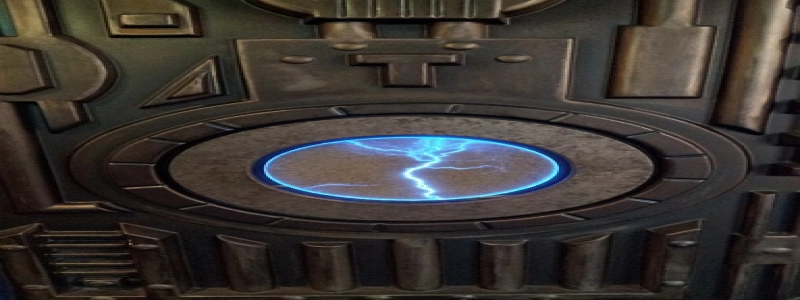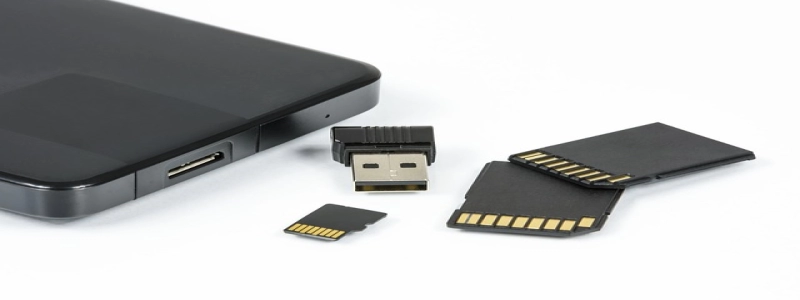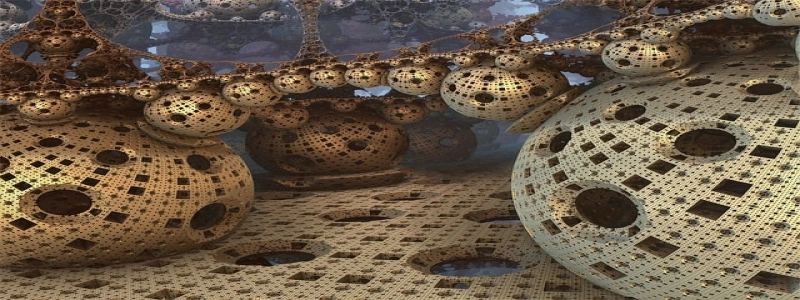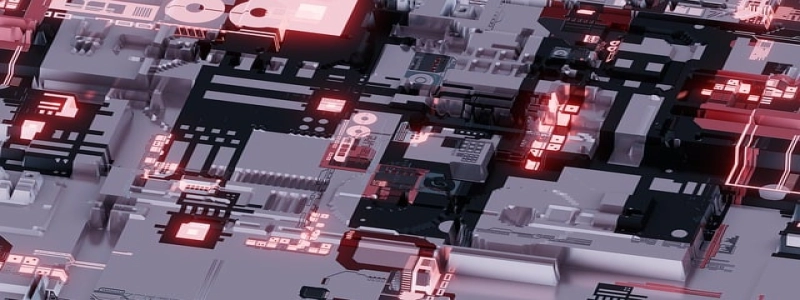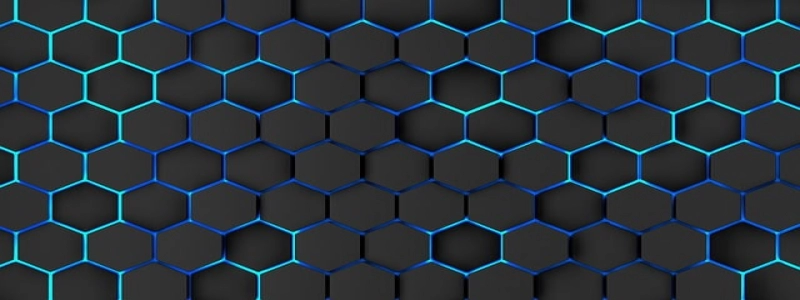Fiber Ethernet Cable
Introduction:
In the world of networking, Ethernet cables are widely used to transmit data between devices. Fiber Ethernet cables have gained popularity due to their high-speed transmission capabilities and reliable performance. This article will delve into the various aspects of fiber Ethernet cables, including their benefits, types, and installation process.
I. Benefits of Fiber Ethernet Cables:
1. High-Speed Transmission: Fiber Ethernet cables can transmit data at a much higher speed compared to traditional copper cables. This makes them ideal for applications that require fast and reliable data transfer, such as video streaming and online gaming.
2. Long-Distance Transmission: Unlike copper cables, fiber Ethernet cables can transmit data over long distances without losing signal quality. This makes them suitable for network setups that span several floors or buildings.
3. Immunity to Interference: Fiber optic cables are immune to electromagnetic interference, which can disrupt data transmission. This immunity ensures a stable and uninterrupted connection, even in environments with high electromagnetic interference.
II. Types of Fiber Ethernet Cables:
1. Single-Mode Fiber (SMF) Cables: These cables are designed for long-distance transmission and utilize a narrow core that enables the transmission of a single beam of light. SMF cables are commonly used in large enterprise networks and telecommunications applications.
2. Multi-Mode Fiber (MMF) Cables: MMF cables have a wider core, allowing multiple beams of light to traverse the cable simultaneously. They are suitable for shorter distance transmission and are often used in local area networks (LANs) and data centers.
III. Installation Process:
1. Pre-Installation Planning: Before installing fiber Ethernet cables, mapping out the network layout and determining the cable lengths is essential. This ensures efficient cable management and minimizes the chances of excessive cable wastage.
2. Fiber Cable Termination: Fiber Ethernet cables need to be terminated with connectors that allow them to be connected to networking devices. Termination methods include mechanical splicing and fusion splicing, depending on the specific requirements of the network infrastructure.
3. Cable Routing and Protection: Proper routing and protection of fiber Ethernet cables are crucial to avoid excessive bending or damaging the cable. Cable trays, conduits, and cable raceways can be used to maintain a neat and organized cable infrastructure.
4. Testing and Troubleshooting: After installation, conducting thorough testing of the fiber Ethernet cables helps identify any potential issues. Optical time-domain reflectometers (OTDRs) are commonly used to analyze and troubleshoot fiber connections, ensuring optimal performance.
Conclusion:
Fiber Ethernet cables offer numerous benefits, including high-speed transmission, long-distance capabilities, and immunity to interference. Choosing the right type of fiber cable and following the proper installation process is essential for achieving a reliable and efficient network infrastructure. With their superior performance, fiber Ethernet cables continue to be a preferred choice in modern networking environments.
